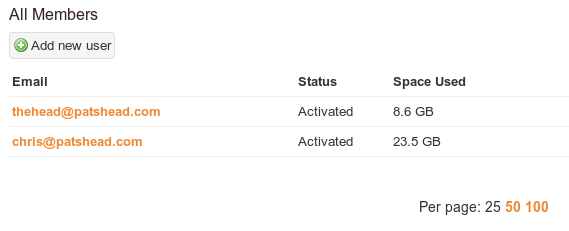
Also, you only pay for what you use so in the beginning if you’re only using say 100GB your costs would be 1/10th amount. Either way, not a big cost for data security. With Backblaze, your monthly cost would be like $5 for 1TB and it would only be slightly more using something like. If you choose to go the local backup route, have at least 2 drives to rotate your external backups and ensure that one is kept off-site. Coupled with something like borg, your data is easily stored off-site and encrypted for security. I strongly recommend offsite backups such as Backblaze B2, Amazon S3 or something like. Borg in general is fantastic – secure, robust and fast along with excellent versioning. I wrote a script that handles my backups using borgbackup to a an offsite ssh/rsync compatible service ( ).If you are using a MOBO solution, there is no guarantee it would be compatible even if the manufacturer is the same. The major caveat is if you plan on upgrading your MOBO before your physical drives – in that case, you should opt for a dedicated PCI-X card since you can swap that into the new system along with your existing drives and everything is good-to-go. allows for more portability, but the hassles for such a small data-set don’t seem worth it IMHO.
#SEAFILE KINDLE LOGIN SOFTWARE#
I know many people will point out that keeping software RAID at the OS level with drivers, etc. You can certainly use software via Linux but I just find it easier if the OS sees your RAID array as a single drive because the actual RAID is handled upstream. I would recommend either a hardware RAID (expensive but super-awesome) or a pseudo-hardware (aka still actually software) RAID via your motherboard/BIOS or a PCI-X expansion card.The Debian/Ubuntu family lineage is probably the best choice for that reason. Depending on your Linux experience level, I’d stick to the more popular distros if you think you may need help. Since you are running Seafile via Docker, you can just pick the base OS that you are most comfortable working on. I like and use Debian personally, but Ubuntu is a fine choice too. I always prefer to use a simple minimal Linux installation for this type of thing unless you have other interoperability considerations such as needing to provide separate shares, SMB/Samba, etc.Network speeds will be more of the speed determinant versus drive speeds in this type of setup. With modern interfaces and drives and given the small data-set, either option should give you satisfactory performance.

Given the small amount of data (1TB), I would suggest either RAID 1 (mirror) or get another HDD and go for RAID 10/1+0 (stripe and mirror).


 0 kommentar(er)
0 kommentar(er)
